North Korea may be struggling to feed its people, but there was no shortage of mouthwatering options on the menu at our guide's favorite restaurant: ostrich, duck and beef; scallops, crab and lobster; pancakes, stews, noodles and even spaghetti.
Even the kimchi -- and normally I am not a fan of the spicy fermented cabbage that is Korea's most famous dish -- was irresistible.
That meal was part of a remarkable whirlwind trip that AP photographer Vincent Yu and I took to Pyongyang, capital of one of the world's most hidden nations, for the 65th anniversary of the ruling Workers' Party.
Breaking away from the gaggle of foreign reporters allowed into the country for the festivities, we ate traditional North Korean fare for lunch. Afterward, we wandered along the scenic Taedong River, stopping to chat with families picnicking along its grassy, willow-lined banks.
Later, our guides had a surprise: a trip to an amusement park. Earlier, as we'd sped past in a car, I had squealed with delight and told them how much I'd love to see the fair.
It was well past midnight when we finally returned to our hotel, exhausted but elated. As we looked over his photos and recounted the day, Vincent shook his head and asked aloud: "Was it real?"
------
"Covering" North Korea isn't easy. The state keeps a tight clamp on information. As AP's Seoul bureau chief, I rely heavily on dispatches from the official Korean Central News Agency. Foreign journalists are rarely granted visas to enter the communist country, and often resort to sneaking in with tour groups, disguised as students or scholars.
After 2008, when leader Kim Jong Il reportedly suffered a stroke, even fewer reporters were allowed in. Two American journalists who slipped across the Chinese border were arrested in March 2009; they were eventually freed months later after former President Bill Clinton intervened.
I made a brief trip to Pyongyang a few weeks after their release and was one of the few foreign journalists to visit the country in 2009. The mood was tense, a sense of uncertainty in the streets. Every unexpected noise made me jump, especially in my hotel room at night.
This visit was completely different. Pyongyang was ready to celebrate. Weeks earlier, leader Kim Jong Il's youngest son had been named a four-star general, all but confirming what many had suspected: that young Kim Jong Un was being groomed to succeed him.
A few days after that, most North Koreans got a first glimpse of their future leader when state media published the first known images of Kim Jong Un as an adult.
That set the stage for last weekend.
Red flags and celebratory banners went up across the city. Construction workers put the finishing touches on renovations and buildings got a fresh coat of paint.
Pyongyang was ready for its close-up.
At the last minute, a select group of media outlets was invited to cover the anniversary, including AP. As word spread, dozens of other journalists rushed to the North Korean Embassy in Beijing, begging for entry.
It was the foreign media's first real chance to report from Pyongyang in more than two years.
------
Kim Jong Il is in the house. That was the rumor when we arrived, straight from the airport, at the parachute-shaped May Day Stadium to see the famed Arirang spectacle that is part opera and part circus.
And this was clearly no ordinary event. Soldiers guarded the parking lot with rifles at the ready. Military VIPs, their uniforms bedecked with medals, filed solemnly past.
It's said that for the 100,000 performers who spend most of the year training for the intricately choreographed extravaganza in which they sing, dance and fly through the air, their dream is to perform for Kim Jong Il.
They got their wish -- as well as a bonus. Joining Kim in the viewing booth for the first time was the heir apparent, Kim Jong Un. My hands shook as I tried to snap a photo; all I got was a blur.
As the music faded, the performers stood dazed, gazing up into the stands and reluctant to leave. Many were in tears. Only after an announcer urged them to leave the field did they scurry off.
The next day, we had a front-row seat for what was apparently the largest military parade in North Korea's history, a marvel of synchronicity, with troops goose-stepping in perfect precision across the plaza to shouts of "mansei" -- "hurrah" -- from the crowd.
Tanks followed, loaded with a fearsome array of missiles and rocket launchers.
"Kim. Jong. Il." The chant rolled across the plaza. A frenzy of waves and cheers erupted as he appeared, son at his side, on the observation platform above a huge portrait of Kim Il Sung, both the family and the nation's patriarch.
Tears rolled down our guide's face.
"It's my first time seeing the Young General," he said, "and the third seeing the great Comrade Kim Jong Il."
------
Foreign reporters are typically kept on a short leash, restricted to the hotel and the major sights and kept away from North Koreans. So it was a rare treat to eat lunch Monday at a local restaurant.
The eatery was festooned with blinking lights, the walls lined with framed photos of culinary specialties. Waitresses wore bright, traditional dresses called "chosun ot," and the place was packed with families enjoying a meal together on a state holiday.
We were offered the choice to pay in North Korean won, euros, Chinese renminbi or U.S. dollars. I settled the bill in euros, and got a piece of Japanese candy as change.
Outside, Kim Il Sung Plaza was filled with children skating and riding bikes. Couples strolled along paths lined with weeping willows. Families gathered in clusters along the riverbank, eating food provided by the government as a celebratory gift marking the occasion.
The idyllic scenes challenged what we thought we knew about North Korea, an impoverished nation struggling to emerge from economic hardship and slapped with U.N. and U.S. sanctions for its nuclear defiance. The average wage is believed to be just a few U.S. dollars a month, and the U.N. estimates that 8.7 million people are going hungry.
But perhaps not in Pyongyang, the nation's capital and showcase.
Vincent, who was drinking soju, an alcoholic beverage, with one family, waved me over and pressed a pair of chopsticks into my hand. A mouthwatering spread lay before them: beef casserole simmering in a pot, tofu soup, dumplings, tempura.
With very little prodding, their 5-year-old sang for us. Dressed in a red plaid skirt and green sweat shirt, she was coy and charming, every inch a future Arirang performer.
Down by the water, where rowboats plied the river, Vincent faced off against a North Korean in a game of badminton. Steps away, a father showed his son how to fire a rifle loaded with pellets. The guides hurried us along -- it was time to rejoin the reporting pool.
------
A year ago, I wrote that an amusement park in central Pyongyang appeared to be shut down, the lights out, a ghost town of abandoned carnival rides.
This time, the Triumph Children's Park was bustling, people lined up at the front gate jostling to get in. Inside, there were bumper cars, a Tilt-a-Whirl and a rollercoaster to rival Coney Island's Cyclone.
Children ran around with Mickey Mouse balloons, and screams filled the air. Sophisticated young women with heels and handbags posed for photos; young men in suits and khakis stood around smoking.
There was plenty of junk food, including Belgian waffles served with Country Kitchen maple syrup, hot dogs and soft-serve ice cream. We settled on burgers, mashed potatoes and fried chicken, which came with clear plastic gloves to keep your hands clean -- a nice touch in a country fastidious about hygiene.
Otherwise, it was easy to forget we were in communist North Korea.
Just before we said our good-byes for the night, our guide gave Vincent a small, glossy red pin bearing the smiling face of Kim Il Sung, just like the ones affixed to the shirt of every North Korean.
"Always wear it on your left side," he said, "close to your heart."
------
So, as Vincent asked repeatedly, was it real? Were we among the lucky few foreigners given the chance to experience what life is like for "real" North Koreans? Or was it a carefully choreographed performance put on for the benefit of visiting journalists?
In the end, we decided there was no way the encounters could have been staged: the stew bubbling on the portable gas cooker, the couple canoodling in the bushes, the screams and laughs that filled the night air around the Tilt-a-Whirl.
It may not have been what we expected in one of the world's last communist strongholds, but it was definitely real.

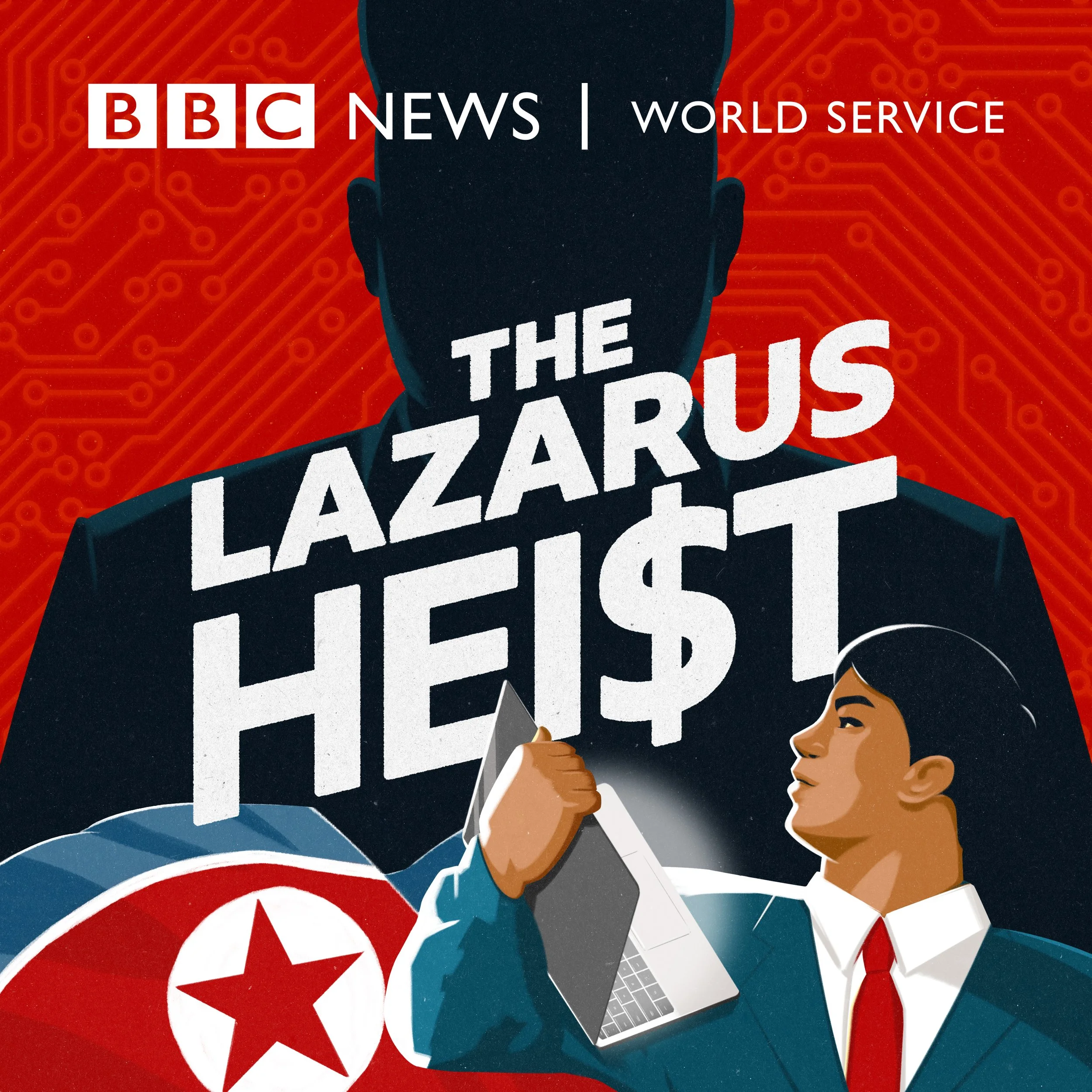

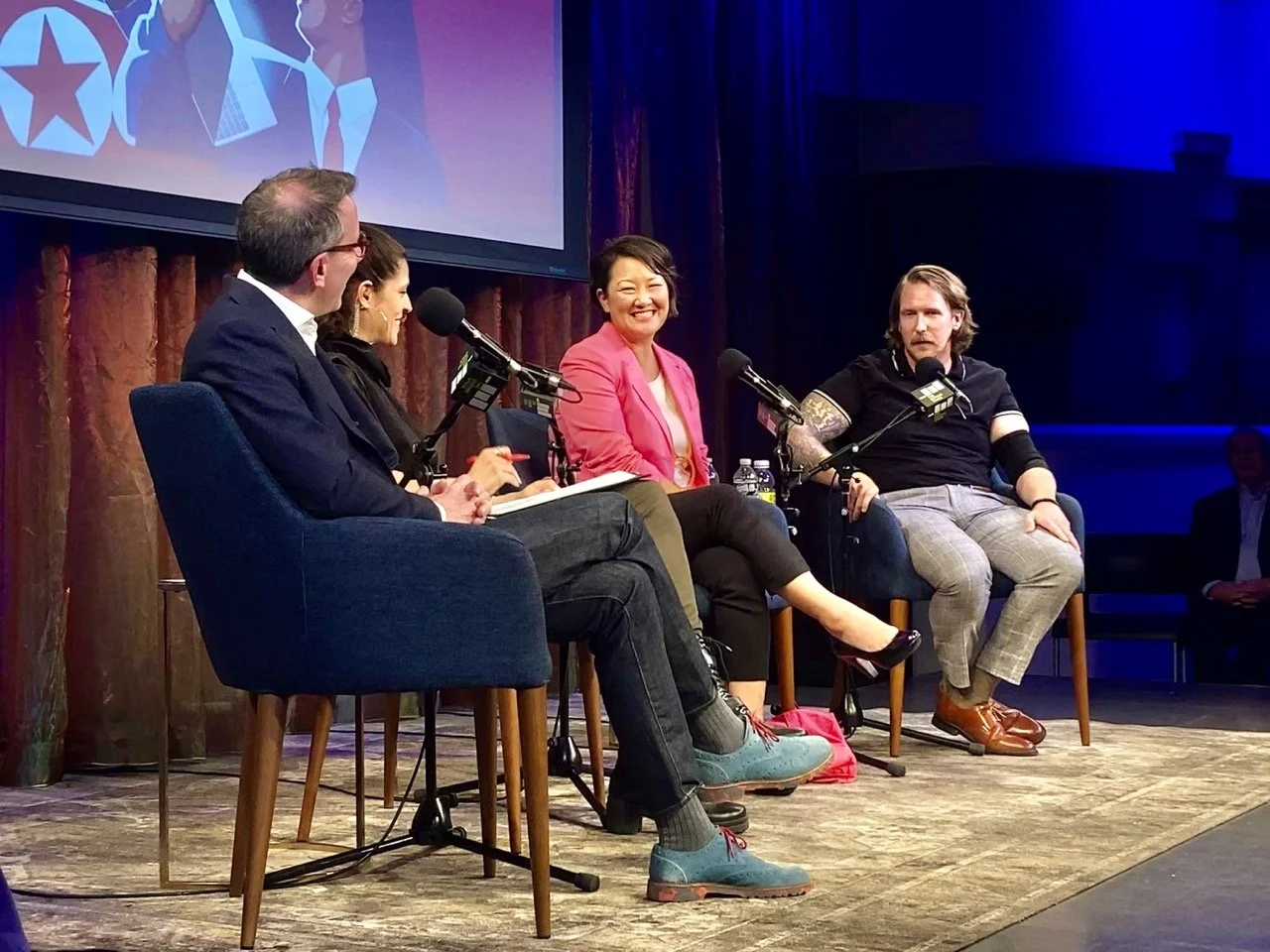
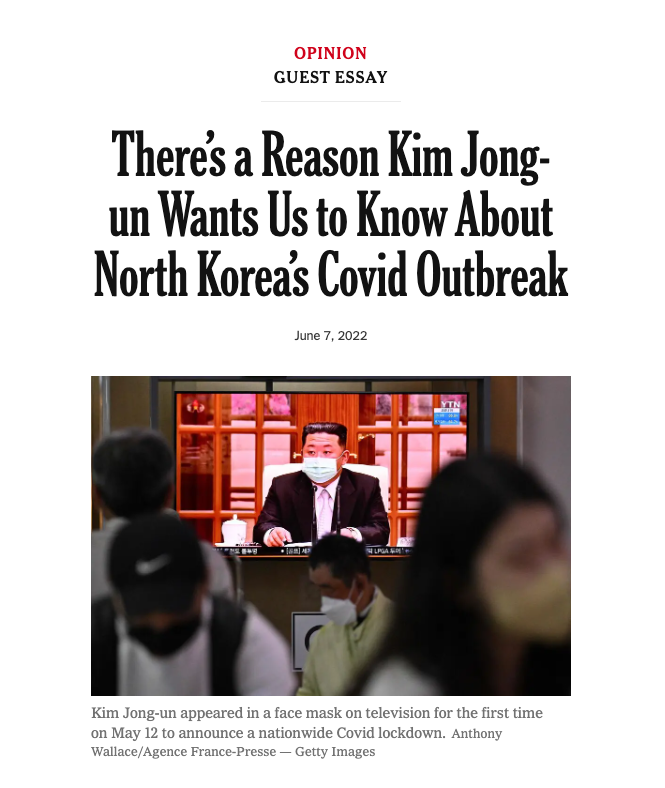

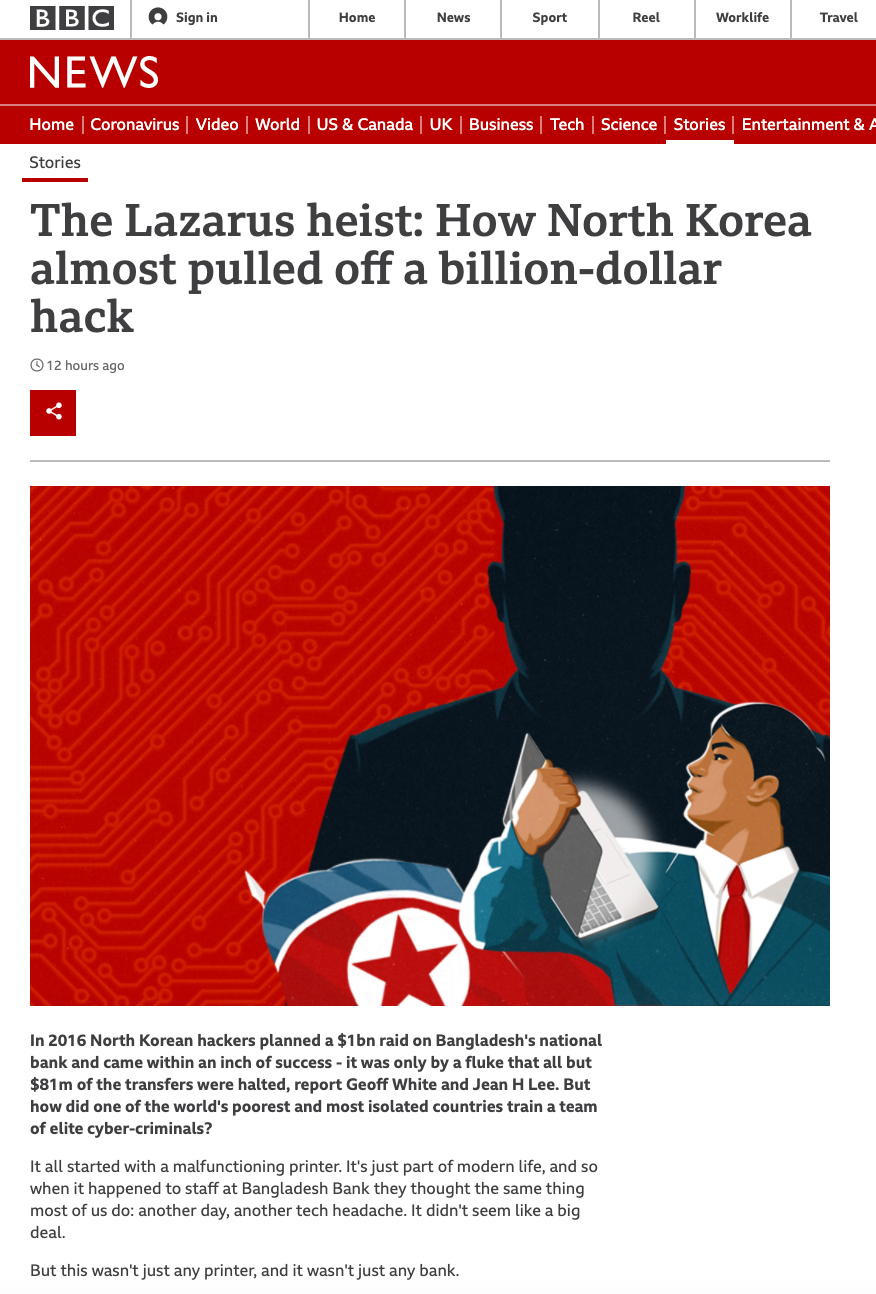
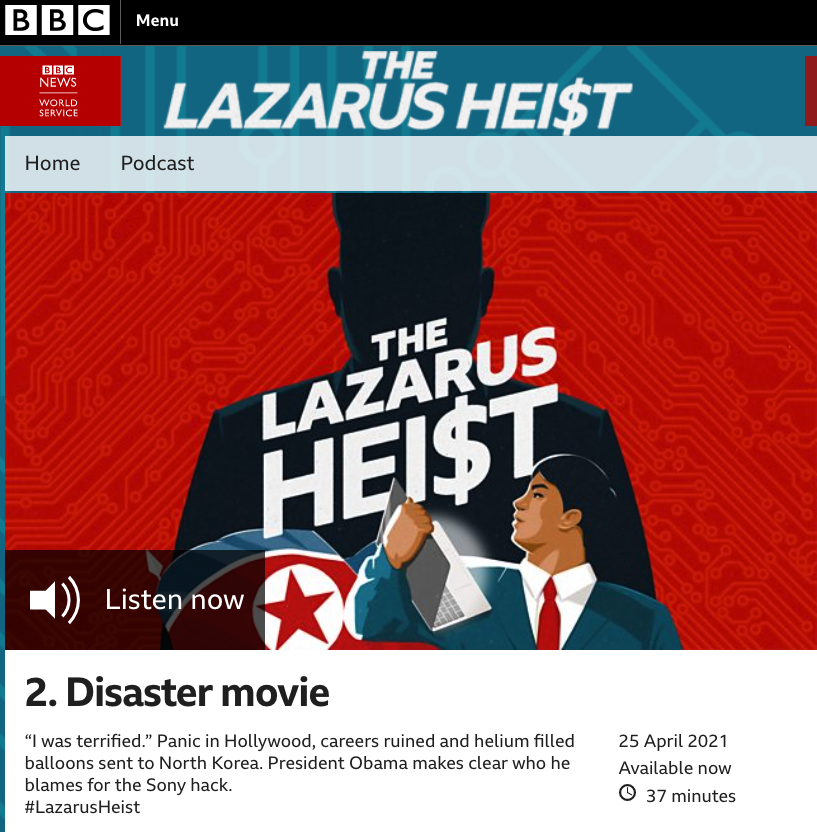












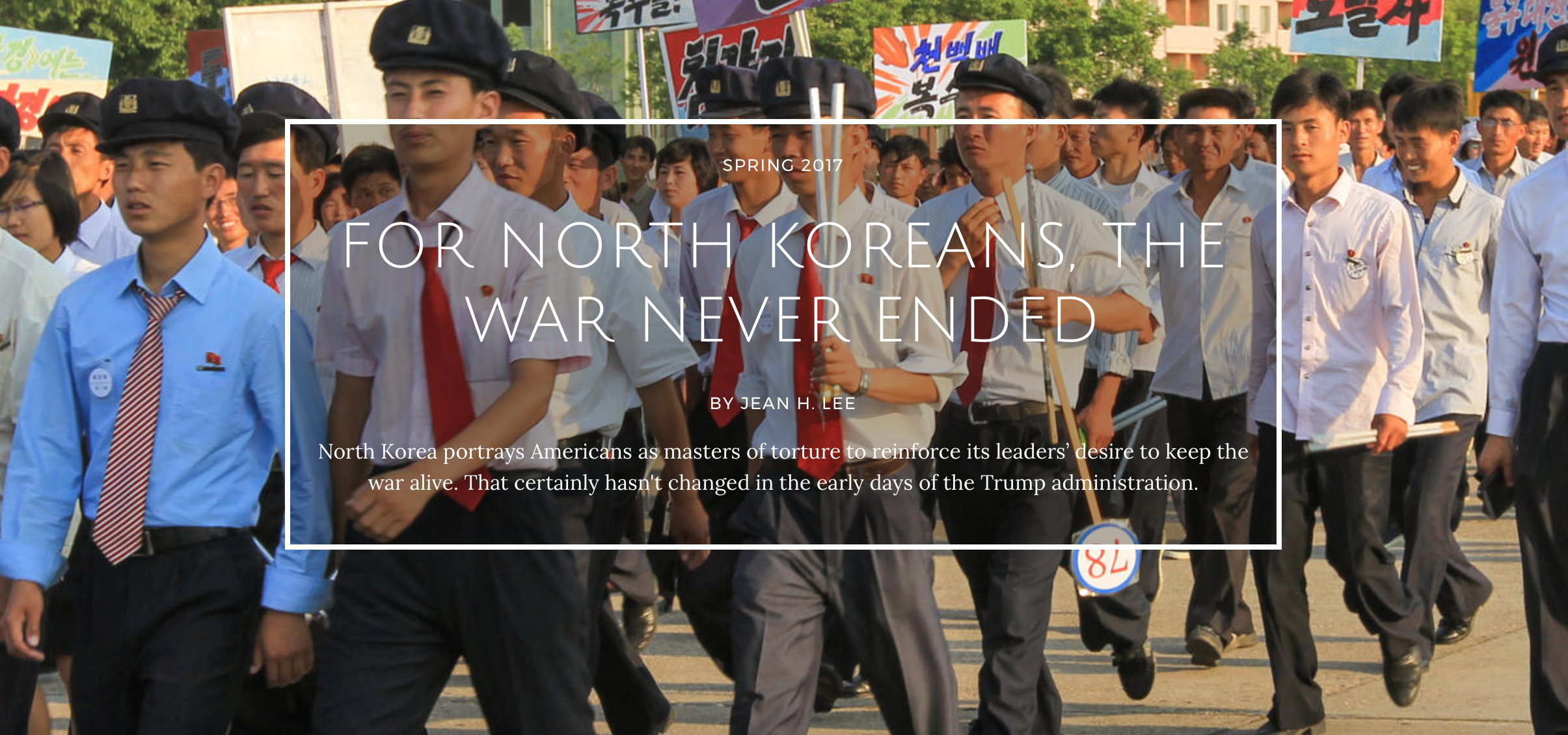


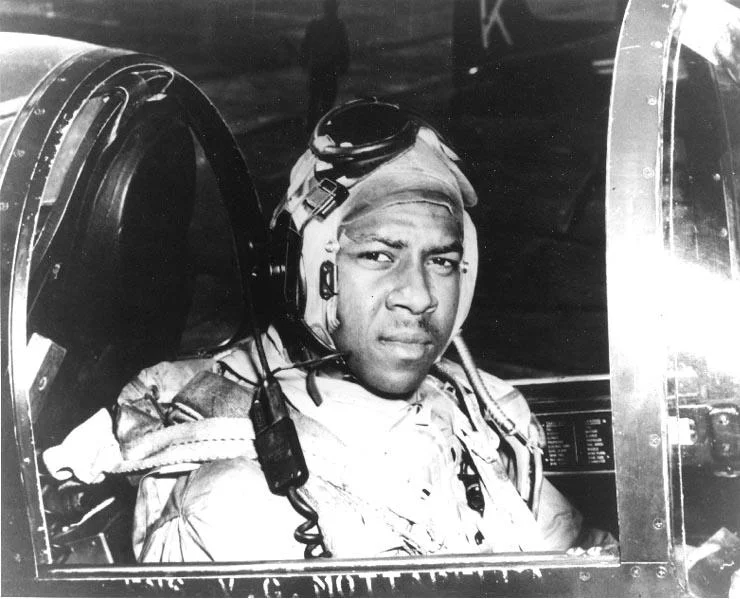
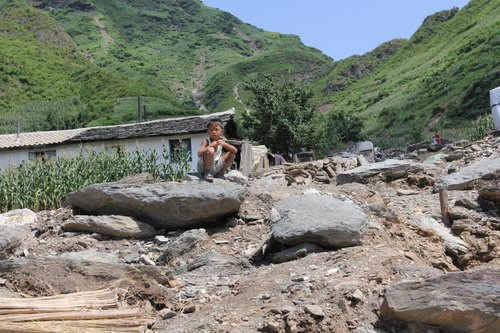





Download all episodes of The Lazarus Heist, watch Lazarus Heist animations, read our feature story about the hackers and view visualizations of the podcast episodes on Lazarus Heist homepage on the BBC World Service website!